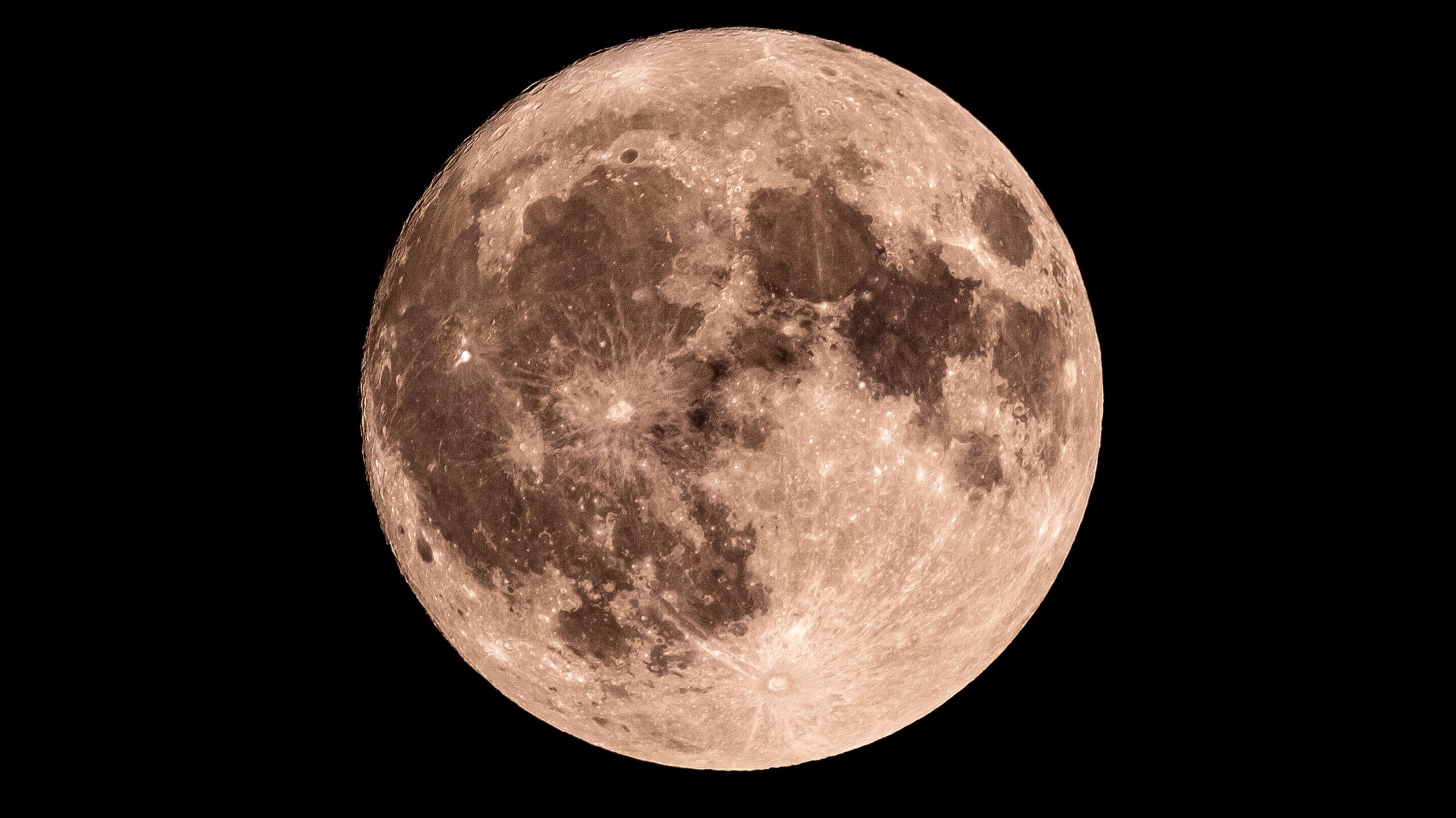This evening, skywatchers around the world can enjoy a spectacular astronomical event as the Full Moon occurs alongside a total lunar eclipse on September 7, 2025. While the Full Moon will be fully illuminated, the eclipse will offer a unique visual experience for those in specific regions, although it will not be visible from the United States.
The Full Moon, characterized by its complete illumination, will allow viewers to see numerous features on its surface. According to NASA’s Daily Moon Observation, prominent landmarks such as the Aristarchus Plateau, Copernicus Crater, and Mare Crisium can be observed with the naked eye. For those with binoculars, the Grimaldi Basin and Gassendi Crater are also visible, while a telescope will reveal the intricate details of the Fra Mauro Highlands.
Understanding Moon Phases and Eclipses
The phenomenon of moon phases is a result of the 29.5-day cycle of the Moon’s orbit around Earth. This cycle alters the angles between the Sun, Moon, and Earth, influencing how we perceive the Moon’s surface illumination. Throughout this cycle, eight primary moon phases occur:
– **New Moon**: The Moon is positioned between Earth and the Sun, rendering it invisible.
– **Waxing Crescent**: A small portion of the Moon begins to light up on the right side.
– **First Quarter**: Half of the Moon is illuminated on the right side.
– **Waxing Gibbous**: More than half of the Moon is visible, but it has yet to reach full illumination.
– **Full Moon**: The entire face of the Moon is brightly lit and visible.
– **Waning Gibbous**: The Moon starts to lose light on the right side.
– **Last Quarter**: Another half-moon, but the left side is illuminated this time.
– **Waning Crescent**: A thin sliver of light remains on the left before the Moon becomes invisible again.
The total lunar eclipse occurring tonight adds an extraordinary element to the Full Moon. However, observers in the United States will unfortunately miss this eclipse. Instead, the next opportunity to view a Full Moon will arrive on October 6, 2025.
As lunar events continue to capture public interest, they serve as reminders of the dynamic nature of our solar system. The September Full Moon offers not only a bright night sky but also an opportunity for enthusiasts to engage with the beauty and complexity of lunar phases.





































































